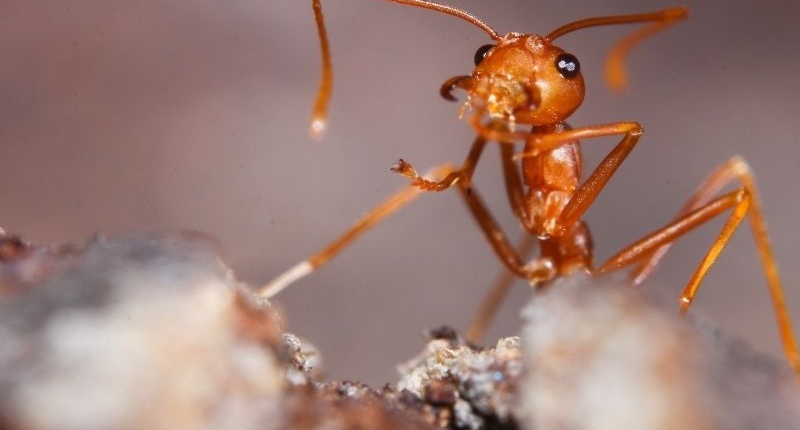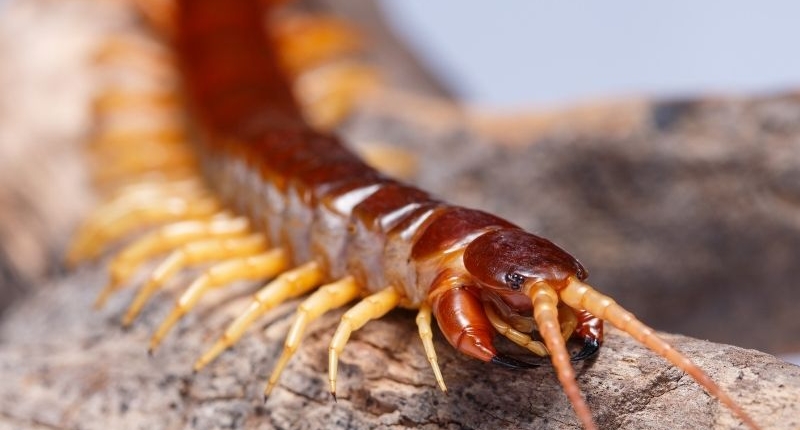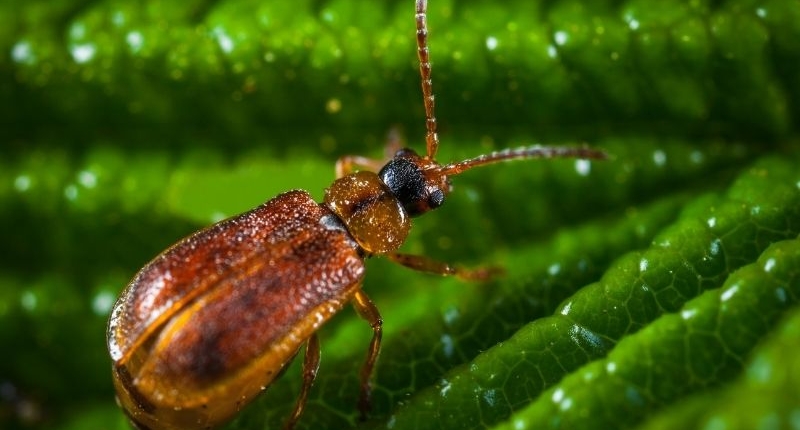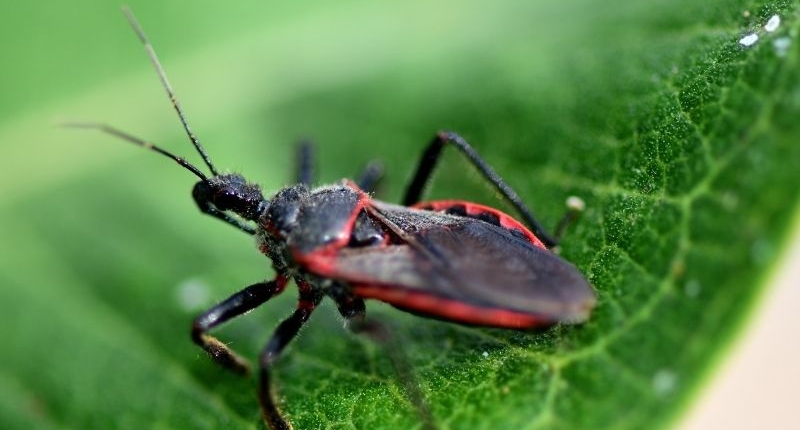Summer means longer days, warmer temperatures, and happy vibes. However, it also means more bugs. Of course, we all know about the usual wasps and bees, and we might even come across some butterflies and dragonflies if we’re lucky. But there are so many more summer-centric household bugs that make their way into our houses during the summer months.
Odds are you’ll come across some strange looking critters in summer. However, it’s perfectly normal to be slightly alarmed when you do. That being said, there are some animals that might seem harmless, but they can actually cause damage to you or your home if you’re not careful.
If you see bugs crawling around in your house this Summer, continue reading to learn about some of the top household bugs.
5 Household Bugs that Come Out in the Summertime
1. Red fire ants.

Ants of all types are extremely common, especially during summer when windows and doors are more likely to be open. You’ve probably dealt with one or two infestations in your house, especially with species like the sugar ant who can be found making their way into your tasty treats. For the most part, ants are nothing more than an annoyance, but there is one specific type that you might spot in your garden or home that could cause damage.
Red fire ants don’t bite, they sting. As anyone who has had the misfortune of being stung will tell you, it hurts. You’ll likely come up in a welt, but those who are allergic to other bug bites may have a more severe reaction. Generally speaking, icing the area and taking an antihistamine will be treatment enough but if you have an adverse reaction, seek medical help from a medical professional immediately.
2. Centipedes.

Centipedes appear to be harmless, but they’re not. We often focus so much on their many legs that we forget these are insects that can and do bite. It’s rare, but if you pick one up one and irritate it, it might bite you out of fear. Interestingly, centipedes use their forcipules to ‘bite’. The forcipules are the two legs nearest to the insect’s head, and they leave a V-shaped mark.
If bitten, you may see some slight reddening and swelling of the area and you might also feel some mild numbness or tingling. In rare cases, anaphylactic shock may set in, or in even rare instances, a person may experience a skin infection, blood in their urine or even a heart attack. Moral of the story, don’t touch a centipede!
3. Beetles.

There are countless types of beetles you might see during summer, ranging from the wood boring beetle that will much its way through your house, or the stag beetle which might try and much its way through you.
Like with most insects, if you leave the stag beetle alone it probably won’t bother you. But, if you make it feel unsafe, it will quickly use its big mouth to bite you. It will typically feel like a pin prick, but it might swell so it’s worth icing the bite if you do get one.
4. Ticks.

Ticks will spread all manner of diseases, including Lyme Disease. They’re generally hard to spot and jump on you when you’re outside. They attach themselves either to you or your pet. If you don’t notice, they’ll quickly make themselves right at home and start embedding themselves and feeding.
If your garden is particularly bushy or full of foliage, or if you frequently go on long walks, make sure to check yourself and your pet for ticks before you enter the home. Avoid walking on the grass barefoot and wear adequate coverage when going into denser areas – even if that is just in your garden.
5. Kissing bugs.

If you have a lot of mud or straw in or around your home, you might find that you’re susceptible to the kissing bug. They get their name from the fact they feed on humans at night, and mostly use the face. You probably won’t notice that you’ve been bitten because generally, most people don’t have a negative reaction to the initial bite. The only thing that might give it away is if you wake up and see several tiny marks in one area.
This might not sound like much, but kissing bugs can carry a parasite called Trypanosoma Cruzi. This causes Chagas disease. In the early stages, Chagas disease may present mild flu symptoms, a mild rash or loss of appetite. Most people are asymptomatic though, and this can cause issues with treatment. In fact, up to 30% of those infected with Chagas disease will develop severe symptoms, including potential heart abnormalities.
In conclusion.
These are just a few of the household bugs you might see this summer. Minimize the chance of you getting bitten or stung by leaving bugs well alone, regularly using bug spray and installing mesh screens over windows and doors if necessary.
Images Courtesy of Canva.
Other Posts You Might Enjoy:
6 Health Risks of Mold in Your Home with Bonus Removal Steps
Expert Guidance to Keep Your Plants Alive





